Winter Solstice: A time of darkness and light
Today marks the Winter Solstice, the shortest day of the year and one of our most ancient traditions dating back over 10,000 years.
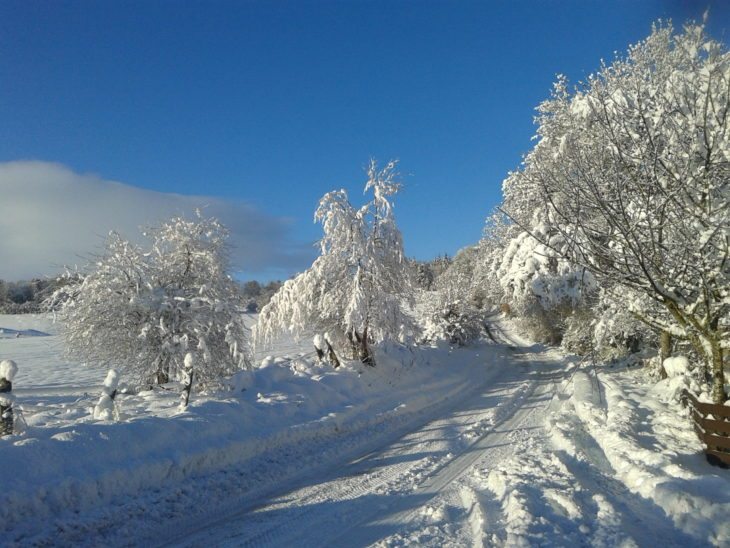
The name solstice comes from the Latin ‘solstitium’, meaning ‘the sun stands still’ referring to the moment (in the northern hemisphere) when the sun appears to reach its lowest setting point in the sky and stops moving before beginning its journey north again.
In astronomy terms it is the point when the earth at northern latitudes is tilted at its furthest angle away from the sun, casting our land into a lengthy, cold shadow. Meanwhile in the southern hemisphere the earth is titled towards the sun, creating the longest day of the year.
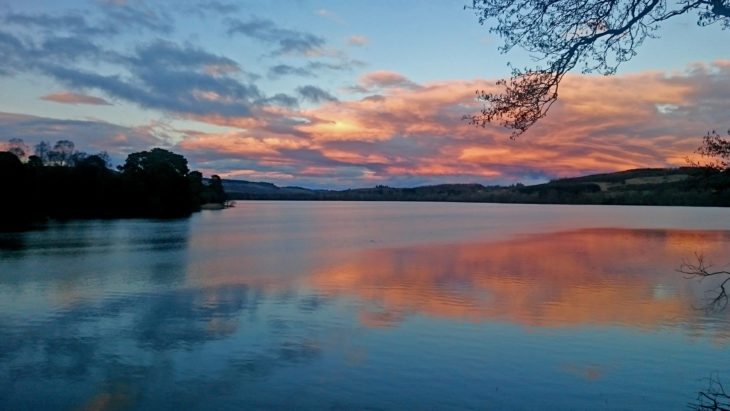
While the day is at its shortest here (6hrs 57 minutes in the central belt of Scotland) and marks the slow return to the light again, it will take until the morning of the 25th December for there to be an extra minute of daylight. You might be forgiven for thinking that our coldest days are behind us, however due to ‘seasonal lag’ and the time it takes for the giant oceans of the earth to absorb and slowly release heat from the sun, there is a delay between the shortest day and when the air is at its coldest.
Many of us struggle with the short days and long nights and may reach for another blanket, mug of hot chocolate or ‘box set’ to see us through the darkest times. But how is our wildlife affected by the winter months?
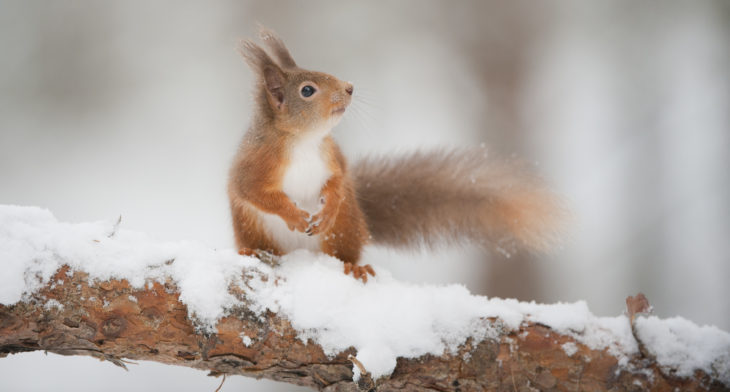
In the last few weeks we have certainly observed a concerted effort by the red squirrels to gather, horde and cache nuts around the reserve, often caught in the act with a large peanut in their mouth, or furtive digging in the undergrowth.
The vocal, but secretive Jays were even at it the other day, hopping about the meadow retrieving acorns that were buried earlier in the year.
As the trees have gone into their dormant winter clothing, their branches stark against the grey sky, it has become easier to spot the many squirrel dreys clinging between forks in high up branches, almost defying gravity in their construction.
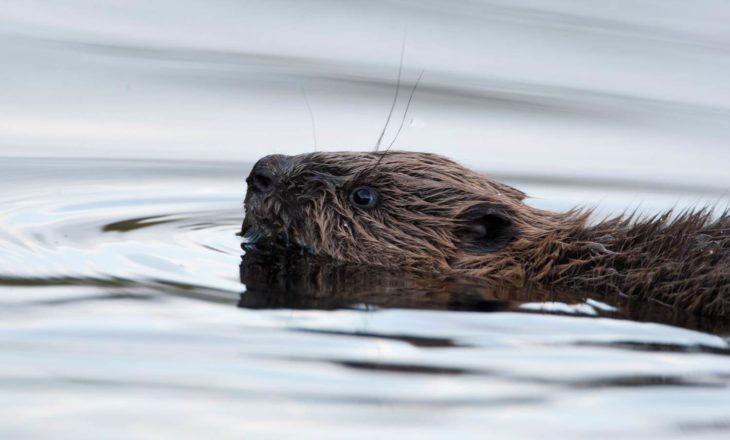
Our local beaver family has also been active, felling some larger branches on the reserve, in order to shore up their winter residence and make it resilient enough to survive any rising water levels brought on by heavy rains and snowy melt waters.
Just like our local wildlife our forefathers also gathered food, retreated to places of safety and made good their homes for the coming months. In Europe and in particular Scandinavia, Yule was celebrated as the last feast before the depths of winter began. Originating from the Norse word Jul, meaning wheel, this pre-Christian festival was a great time of feasting, with the burning of the Yule log symbolic of the returning sun.
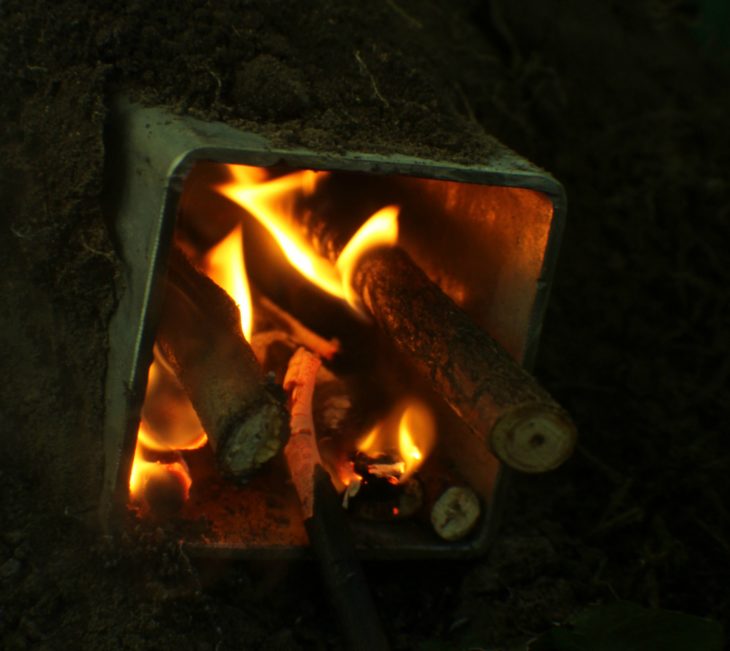
Cattle were slaughtered ahead of the harsh times to come, both providing meat for the lean months before new crops were ready to harvest, but also saving on feeding livestock when reserves were already low. Differences between members of the community would be set aside over many cups of newly fermented beer or wine, in anticipation of having to pull together to survive the winter snows.
The importance of the Solstice in the Pagan calendar can still be seen in neolithic constructions of Newgrange in Ireland and Stonehenge today, where each monument has been built to align with the sunrise and sunset of winter solstice sun respectively.
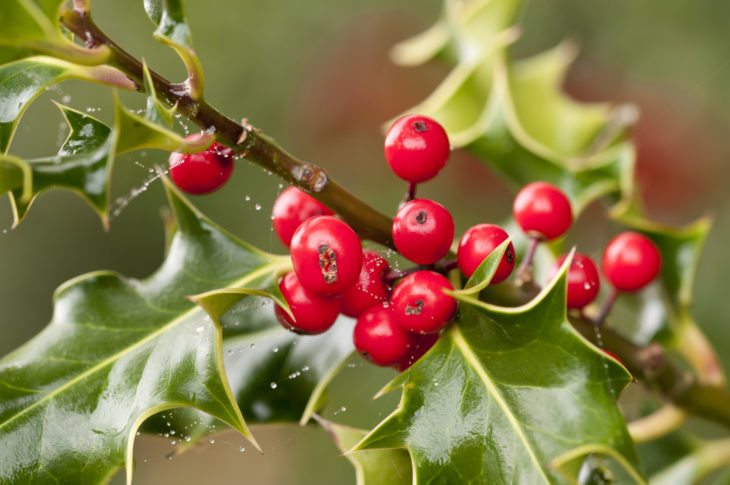
Even the ancient tradition of bringing greenery into our houses still exists, harking back to the belief that the spirit of summer took shelter in evergreen bushes and conifers. To bring it into the house, was to keep the spirits of next year’s growth safe, a tradition that even the Church could not discourage, eventually relenting and allowing the holly and the ivy to be used to decorate churches at Christmas time and later celebrated in carols.
As the ‘wheel turns’ and the shortest day is marked, perhaps take the time to reflect upon the nature-based lineage and traditions that have become part of our more familiar winter celebrations. Light a fire, ‘courie-in’ and share food with loved ones (of the human, feathered and furry kind).
Happy Solstice.
S. Rasmussen (Perthshire Ranger)
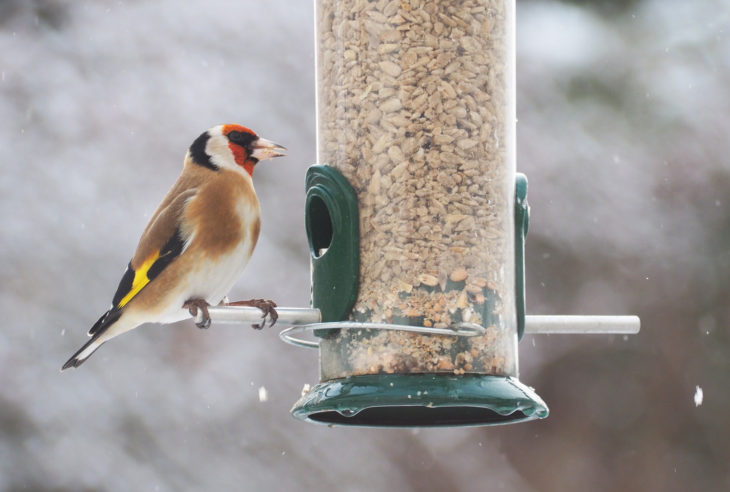
Help protect Scotland’s wildlife
Our work to save Scotland’s wildlife is made possible thanks to the generosity of our members and supporters.
Join today from just £3 a month to help protect the species you love.
Preface
Today marks the Winter Solstice, the shortest day of the year and one of our most ancient traditions dating back over 10,000 years. The name solstice comes from the Latin …
